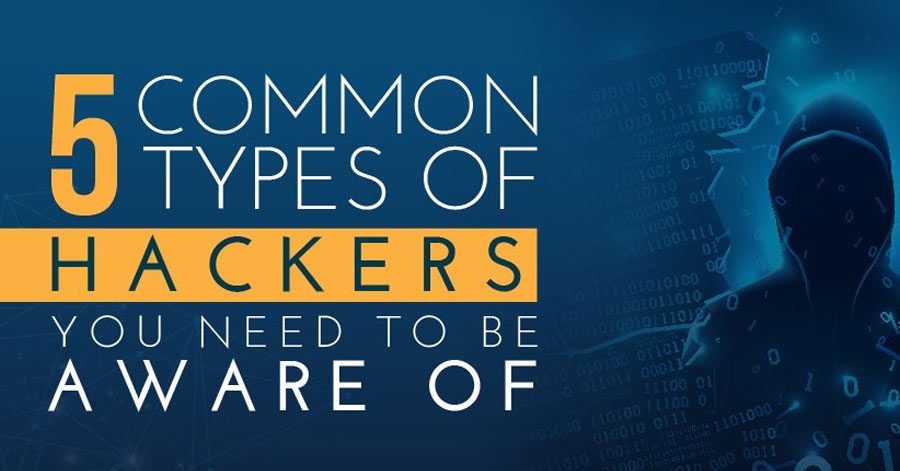Blogs
Home / Blog


Cybersecurity professionals and hackers are always engaged in a cat and mouse race with both trying to out do one another. If you go by the frequent news of data breaches, security attacks and more, you will be forced to think that cyber criminals have the upper hand.
Despite all the efforts of security experts and companies to secure their digital assets, attackers succeed in identifying the vulnerabilities in your system and exploit it to get inside most secure systems and get access to your sensitive data. So, how can you protect yourself against these efficient cyber criminals. One way to do that is to think like a hacker. Knowing how they go about their business will place you in a better position to protect your IT infrastructure against cyber-attacks.
In this article, you will learn about seven shady tactics that cybercriminals use to launch a cyber security attack.
Cyber attackers always hide behind the bush and keep an eye on action. They are always on a look out for vulnerabilities in your system. These weak points serve as an opening that hackers use to infiltrate into your system. They do this by scanning organization’s network with the help of advanced tools they can easily get access to thanks to internet. Hackers spends weeks and even months in some cases scanning just to find few vulnerabilities in your system.
Reconnaissance is a process of evaluating the situation before taking any action. It is like dipping your toes in the swimming pool before checking its depth. Cyber criminals use this tactic to find a soft target and then explore the best way to attack it so it can not protect itself and the attacks becomes successful. They look at things like the organizational structure, decide whether they should attack their website or database or find soft targets such as casual employees when executing security attacks.
In most cases, initial targets are usually employees of the organization. It could be anyone from admin or even a third-party supplier. All cybercriminal needs is a small opening to get started. They send targeted phishing emails as a common method for active reconnaissance to trap employees. Hackers wait to see who fall into the trap and who don’t.
When attackers have successfully identified the loopholes in your network, their next move will be to penetrate into your network and then escalate that attack to the point that help them achieve their motives. They want to do that while slipping under the radar. In order to gain control over your network, they need privilege access, which is what they will be targeting to get.
Once they manage to get privilege access, they try to escalate it to get access to all the systems on your network. Once the admin account in their control, they can easily access all the systems connected to your network. At this point, hackers might have conquered your network and enjoys complete control over it. They can do whatever they want with it. DDoS attacks is also an example of this and companies needs to invest in DDoS protection to keep their infrastructure secure from such attacks.
Once they have complete control over your network, things start to get nasty. They start to tinker with the hardware and alter its functionality or kill the hardware completely. One of the best examples of assault is Stuxnet. Stuxnet was a malicious worm that infected Iran’s most important infrastructure. Just like in Stuxnet, when the attackers have gained complete control over your infrastructure, it becomes extremely difficult for victim organization to defend themselves.
After wreaking havoc on your IT infrastructure, the attackers would try to flee from the scene without leaving any trace. Although, this might not be true in cases where the attackers want to boast about their attack by leaving a message on the website, but it holds true more often than not.
Hackers use trail obfuscation technique not only to hide the trace of their activity, but they can also use it to confuse and divert the security and forensic experts evaluating the process. Trail obfuscation is a broad category which encompasses many other techniques and tools such as spoofing, spreading misinformation, log cleaning, running trojan commands, creating zombie accounts and perform backbone hopping to name a few.
Once attackers have freedom to move around the network, hackers will look to gain access to most sensitive data of your organization. If you are storing user’s sensitive information such as credit card details then, it might be at a risk. Unfortunately, hackers might go well beyond stealing private data. They might also go one step further by altering or permanently deleting your files.
Some hackers try to resort to sustainment technique when they have gained access to your network. Unlike other cyber criminals who escalate and launch an assault, such attackers will sit back without making any noise or leaving any trace. To achieve this, they might trick victim into installing malicious programs like rootkit. They use this tactic to ensure that they can come back to haunt you again. What’s worse is that they don’t have to rely on a single access point, which means that they can come and go as many times as they want.
Have you ever come under a cyber security attack? If yes, then which techniques did the attacker used to enter into your system? Feel free to share it with us in the comments section below.
Enter your email to receive the latest news, updates and offers from HostNoc.
